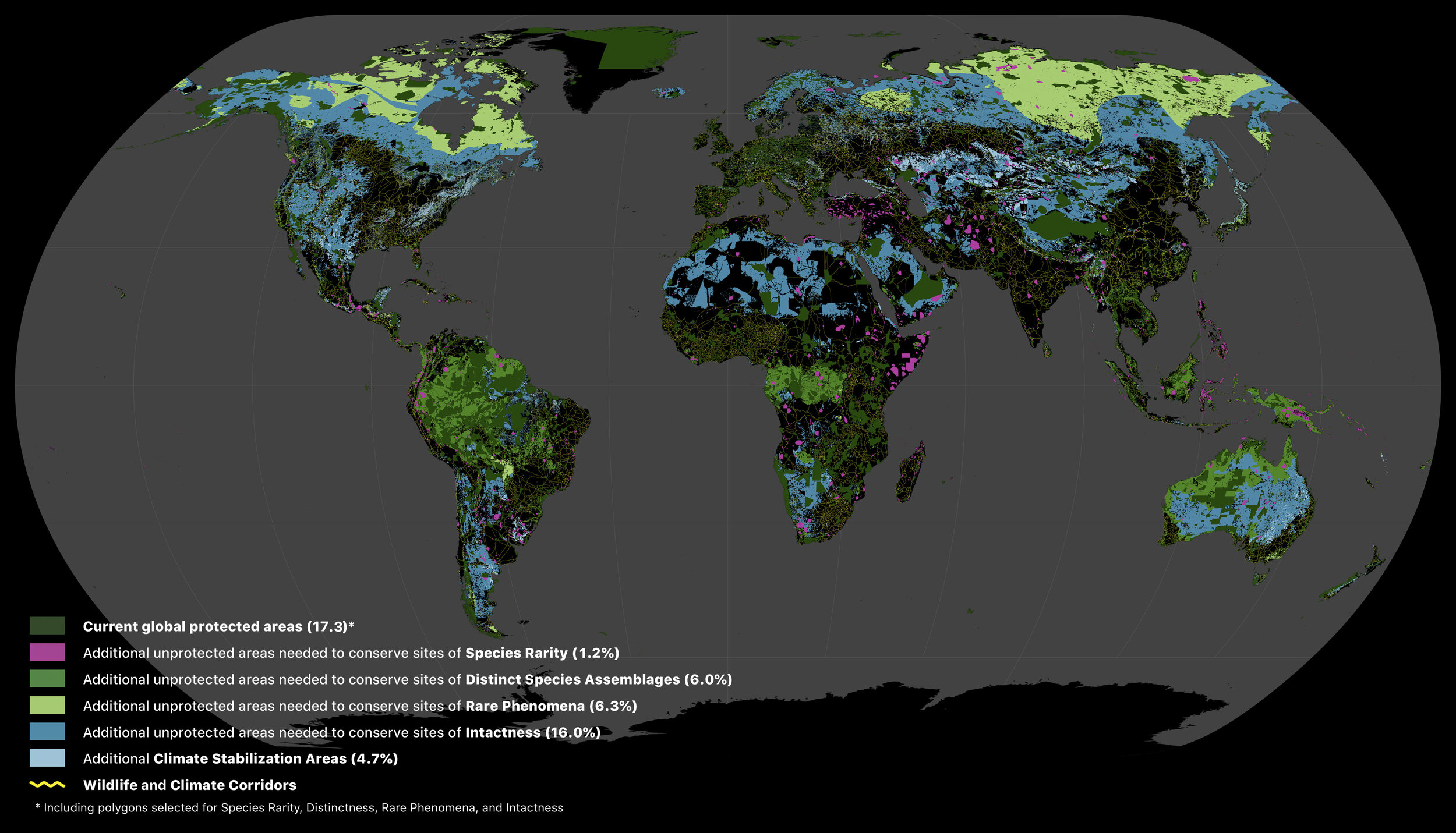.jpg?auto=compress%2Cformatformat&w=1200)
IUCN Motion 101 passes
In the final session of the World Conservation Congress of the International Union for Conservation of Nature (IUCN), an overwhelming majority of delegates approved Motion 101, which calls for the protection of half of Earth’s lands and seas with a minimum of 30% by 2030, recognizing the important role of Indigenous peoples and local communities in preserving nature and the need for measures to respect and honor their rights and interests. This triumph was made possible by the cooperation and coordination of numerous groups, including One Earth, WILD Foundation, Avaaz, CPAWS, Campaign for Nature, COICA, IPACC, Weeden Foundation, Nature Needs Half Steering Committee, EarthX, and Re:wild.
This is a particularly important outcome just a month before the United Nations Convention on Biological Diversity (CBD) in Kunming, China. The IUCN is the world’s largest assembly of scientific experts on biodiversity with over 15,000 members. The weight of this recommendation strengthens the push to protect and conserve 50% of the Earth, a call which was launched over a decade ago. In 2009, the Nature Needs Half coalition was formally announced at the 9th World Wilderness Congress in Mexico, led by the WILD Foundation.
In 2018, One Earth joined forces with Avaaz, Resolve, and Nature Needs Half, with the support of over 100 Indigenous organizations, to launch the Global Deal for Nature petition, calling for the protection of 50% lands and seas, and the full recognition of Indigenous land tenure rights. The petition, which has been signed by over 3 million people, was inspired by an influential scientific paper by the same name (Dinerstein et al. 2019).
The following year, the landmark paper “A ‘Global Safety Net’ to reverse biodiversity loss and stabilize Earth’s climate’ was published in Science Advances (Dinerstein et al. 2020), providing the first global-scale inventory of remaining natural lands, which found 50.4% of the Earth’s terrestrial surface is key to the survival of biodiversity, storing an estimated 2 trillion tons of carbon. This finding has provided scientific backing for the call to protect half the Earth.

Fig. 1. Areas of the terrestrial realm where increased conservation action is needed to protect biodiversity and store carbon. Numbers in parentheses show the percentage of total land area of Earth contributed by each set of layers. Unprotected habitats drawn from the 11 biodiversity data layers underpinning the Global Safety Net augment the current 15.1% protected with an additional 30.6% required to safeguard biodiversity. Additional CSAs add a further 4.7% of the terrestrial realm. Also shown are the wildlife and climate corridors to connect intact habitats (yellow lines).
“Now the conservation community is clear that the world needs to protect at least half of the Planet, and that only can be done with the leadership of Indigenous peoples and local communities. The international community must acknowledge that the science behind this target says that this has to be achieved by 2030, with resources allocated to make it happen. This would be a key component of a real “building back better” agenda, where economies work for the people and the planet." — Oscar Soria, Avaaz
Importantly, the Global Safety Net paper finds that this biologically critical land is not evenly distributed around the world. Each country has a different mix of priority lands, and therefore each country would have a unique area-based conservation target under the CBD’s post-2020 Global Biodiversity Framework. Some countries and regions with a large amount of high-biodiversity lands will need much higher targets. Citing this research, a coalition pushed for a landmark 80% conservation target for the Amazon region by 2025, a motion which also passed at the IUCN.
With formal recognition by the IUCN, civil society will be calling on governments to set science-based spatial conservation targets that prioritize identified areas important for biodiversity and ecosystem services with high levels of integrity, and culturally significant natural areas identified by Indigenous peoples. This will accelerate the protection of nature and help humanity address the twin crises of biodiversity loss and climate change. Read the joint statement by Avaaz, COICA, and IPACC (PDF).